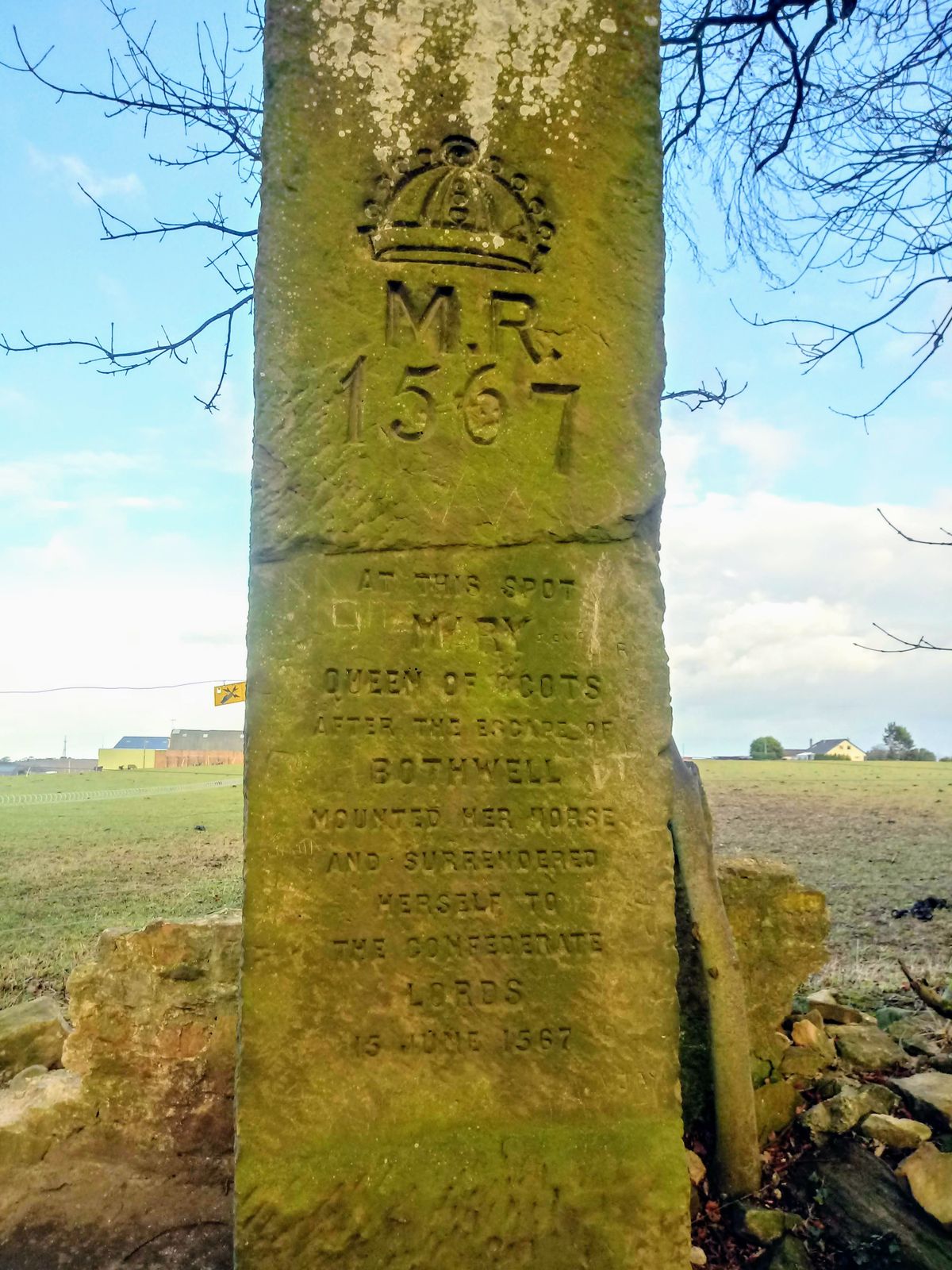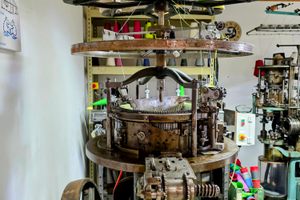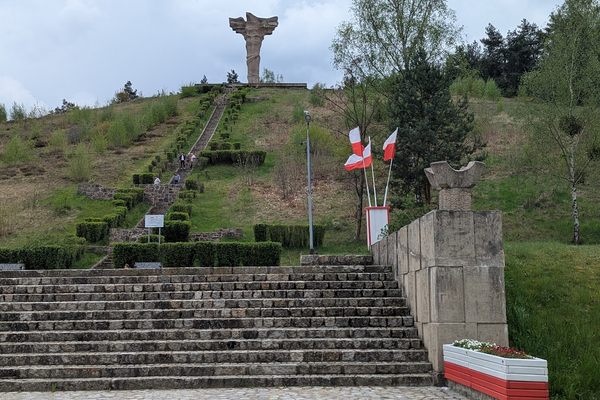About
This obscure monument records the capture of Mary Queen of Scots after the Battle of Carberry Hill. The location marks both a pivotal event in Scottish history and the moment Mary sacrificed her liberty for the love of her husband.
Mary Stuart, better known as Mary, Queen of Scots, had become queen as an infant after her father, James V of Scotland, died. In 1565, she married Henry Stuart, Lord Darnley, and had a son with him. But just two years after they married, Lord Darnley was found murdered in the garden outside his home. Soon after, Mary took another husband, James Hepburn, the Earl of Bothwell—the man who many believed was responsible for the murder of her first husband.
After the marriage, a number of Scottish lords objected to Mary's rule. They assembled troops, and on June 15, 1567, the conflicting sides fought the Battle of Carberry Hill. As the tides of the battle turned against Mary, she decided to surrender. By giving herself up, she bought time for her husband to escape the battle, and would spend most of the years that followed in captivity. Any visitors standing in the empty woods today will struggle to imagine that anything had ever happened there.
An inscription on the stone reads: "M.R. 1567 At this spot Mary Queen of Scots after the escape of Bothwell mounted her horse and surrendered herself to the Confederate Lords 15 June 1567"
Related Tags
Know Before You Go
Less than a 30-minute cycle from Dalkeith along National Cycle Route 1 to the B6414.
Community Contributors
Added By
Published
April 12, 2022

















































